US pick-ups are all the rage in Australia and with a full-sized Toyota Tundra a fresh arrival, fans of these big utes are about to be even more spoiled for choice.
So, are these large American utes in Australia all they’re cracked up to be? And should you call a US pick-up a ute or a truck? Who cares.
Note: For the purpose of this yarn, we’re focussing on those pick-ups readily available in the mainstream Australian vehicle market – not grey imports, not something organised through your mate “who knows a bloke who knows a bloke who deals in cars that have been recently displaced without the owner's consent or indeed knowledge” and not something that has “fallen off the back of a PrixCar car carrier”…
Read on.
What are they? Why are they popular? What is considered a big ute?
If you spend your idle time wondering about the biggest ute in Australia or even biggest ute in the world, then good for you.
If you’re an Australian, a big ute may be generally regarded as a ute that is more than six metres long, has a kerb weight of more than 2500kg and is claimed to be capable of towing more than the dual-cab ute standard in Australia of 3500kg.
So, bigger than the best-selling Ford Ranger and its numerous rivals, which are under six metres long, have a kerb weight of less than 2500kg and a maximum towing capacity (braked trailer) of 3500kg.
If you’re an American, mainstream Aussie utes – such as the Ford Ranger, Toyota HiLux, Nissan Navara and Isuzu D-Max, et al – are considered to be mid-size pick-ups.
Big utes – especially those from the US – are popular in Australia thanks largely to the perception that they are better at towing and hauling loads than mid-size pick-ups, and also offer more in terms of room inside the cabin as well as features, comfort and safety.
So, what is the biggest ute in Australia currently?
Chevrolet Silverado 2500 HD LTZ Premium
The 2025 Chevrolet Silverado 2500 HD LTZ Premium is the big dog of US pick-ups in Australia.
With a recommended retail price of $163,000 (excluding on-road costs and correct at time of writing), this five-seater ute is 6387mm long (with a 4036mm wheelbase), 2039mm high, and 2263mm wide.
Worth noting that price is set to increase to $166,500 (before on-road costs) with the arrival of the updated Silverado 2500 HD with blacked-out front and rear bumpers, red recovery hooks, 20-inch gloss-black alloy wheels and two new choices of exterior paint on offer.
It has a listed kerb weight of 3762kg and a turning circle of 16.1m so it’s not an insubstantial ute to steer around.
This gargantuan ute has a 6.6L turbo-diesel V8 and a 10–speed automatic transmission. That V8 punches out 350kW and 1322Nm, making it the torquiest ute available in the mainstream Australian vehicle market.
.jpg)
Its tub is 2089mm long, 1814mm wide (1317mm between wheel arches), and 533mm deep. Cargo volume is listed as 1968 litres.
It's worth remind everyone here, before we dive into payload, GVM and GCM figures – that any vehicle-related weights and capacities supplied by any vehicle manufacturer should be regarded with a certain degree of healthy scepticism.
And it’s crucial to note those figures are reduced when you take into account the aftermarket accessories onboard a vehicle, as well as the weight of passengers and pets, camping gear, mountain bikes, surfboards, what the vehicle is towing, the towball download etc.
A vehicle’s payload figure is always front of mind for tradies and off-road tourers when considering which ute to buy and while a 1.0-tonne ute for sale is a ‘catch of the day’ for some keen customers, this big ute has a listed payload of 733kg (NB1 category – over 3.5 tonnes, up to 4.5 tonnes Gross Vehicle Mass) and 1386kg (NB2 category – over 4.5 tonnes, up to 12 tonnes Gross Vehicle Mass).
For the record, this Silverado’s GVM is 4495kg (NB1 category) or 5148kg (NB2 category) and it has a gross combined mass of 12,474kg.
.jpg)
For those considering a big ute, towing capacity is all-important. This Silverado can legally tow a maximum 3500kg (using a 50mm towball) or 4500kg (using a 70mm towball).
No official GMSV fuel-consumption figure is available for this ute, but on my most recent test I noted a dash-displayed best figure of 8.8L/100km (not likely) and an average of 15.8L/100km (more likely).
We were never anywhere near fully loaded or towing a 3500kg caravan so expect that figure to climb in relation to how much extra weight you ask your Chevy to haul.
This Silverado has a 136L fuel tank, so, going by the more realistic of those two fuel-consumption figures above (15.8L/100km), you should be able to get a driving range of about 860km from a full tank. It also has a 26.5-litre AdBlue tank.
Steering is light and precise for such a big vehicle and it makes the experience of driving this Silverado around more direct-and-drive than point-and-pray.
.jpg)
And, of course, the 6.6L turbo-diesel V8, now with a new turbocharger and new fuel injectors, among other things, is the rumbling heart of the beast, but the 10-speed auto reins that in, helping to produce a relaxed delivery of power and torque to the sealed or unsealed surface you’re on unless you really put the foot down.
Ride and handling are unsurprisingly impressive even unladen, and its suspension set-up – independent front and leaf spring rear, bolstered with the Z71 off-road suspension tune with Rancho twin tube shocks – works well, even as the driving surface becomes bumpier and potholed.
This ute is a great open-road cruiser with a controlled and composed presence on the highway. All of the elements that make this Chevy what it is – engine, auto, robust chassis, stretched wheelbase – are given the opportunity to fully mesh when you’re on the open road.
The Silverado's cumbersome clumsy around a metropolitan area – steering it through Sydney’s back streets is a masterclass in patience; and forget about reverse-parking it.
If you’re looking for a dedicated off-road vehicle, look elsewhere, because its sheer size works against the Silverado on bush tracks.
.jpg)
Nothing wrong with its 4WD set-up – off-road traction control, dual-range transfer case and automatic rear locking differential – and, with 1322Nm on tap, it certainly has torque aplenty.
However, its long wheelbase – resulting in a 19-degree rampover angle – and its bloated proportions ultimately hamper its efforts on tight bush tracks or steep rock steps.
I’m also not a fan of the Silverado’s column shift because it feels clunky and counter-intuitive. You may get used to it, but after testing this ute I still wasn’t keen on the column shift.
It has a smaller price-tag than some of its chief US rivals, namely the Ram, and also manages to be bigger in size and beastlier in terms of engine and performance than any other similarly sized utes, but there are always other options.
As an open-road tourer and towing platform, the Silverado has plenty of factors in its favour – and if you want/need a bigger-than-usual ute, then it’s likely this Chevy is near the top of your wish list.
2025 Ram 2500 Laramie crew cab
The Ram 2500 Laramie crew cab is a six-seater ute and ranges in price from $172,950 for the entry-level 2500 Laramie to $180,950 for the top-shelf 2500 Laramie Rambox Yellowstone edition (all prices exclude on-road costs and are correct at time of writing).
It is 6066mm long (with a 3785mm wheelbase), 2037mm high, 2630mm wide and has a listed kerb weight of 3609kg or 3667kg with the 'RamBox' set-up (built-in storage boxes on either side of the ute’s tub).
It has a listed turning circle of 14.6m which makes it a tad easier to manoeuvre through tight spaces than the Silverado.
.jpg)
It has a 6.7-litre inline-six Cummins turbo-diesel engine (producing 276kW at 2800rpm and 1152Nm at 1700rpm) and a six–speed automatic transmission.
Its tub is 1939mm long, 1687mm wide (1295mm between wheel arches) and 511mm deep. Cargo volume is listed as 1.6 cubic metres. Tailgate opening is 1535mm wide.
This Ram has a listed payload of 886kg or 828kg with the RamBox system onboard. Its GVM is 4495kg and GCM is 12,695kg.
Maximum towing capacity is a claimed 4500kg (using 70mm towball) or 8000kg (with auxiliary gooseneck tow hitch and air brakes fitted)
Fuel consumption is not listed but you could expect to use between 14.0-16.0L/100km in general driving. It has a 117L fuel tank. So, if you work off a guesstimated fuel consumption of 15.0L/100km, you should be able to get a driving range of about 780km from a full tank.
The Ram 2500 has plenty of potential as a touring and towing platform, and it presents a comfortable compromise between opting for a Ram 1500 or even a mid-size ute, or switching it up to a Ram 3500.
Ram 3500 Laramie crew cab (Sold out at time of writing)
This six-seater Ram ute has the line-up’s 6.7-litre inline-six Cummins turbo-diesel engine (producing 276kW at 2800rpm and 1152Nm at 1700rpm) and a six–speed automatic transmission.
Expect to pay from $177,950 (excluding on-road costs).
It is 6066mm long (with a 3785mm wheelbase), 2037mm high, 2630mm wide and has a listed kerb weight of 3609kg or 3667kg with the RamBox set-up (built-in storage boxes on either side of the ute’s tub). Listed kerb weight is 3593kg.
.jpg)
Payload is 1759kg, GVM is 5352kg (NB2 category) and GCM is 12,837kg.
This Ram can legally tow 4500kg (using a 70mm towball and 8000kg (with an auxiliary gooseneck tow hitch and air brakes fitted).
Its tub is 1939mm long, 1687mm wide (1295mm between wheel arches), and 511mm deep.
Cargo volume is listed as 1.6 cubic metres. Tailgate opening is 1535mm wide.
Fuel consumption is not listed but you could expect to use between 14.0-16.0L/100km in general driving. It has a 117L fuel tank, so if you work off a guesstimated fuel consumption of 15.0L/100km, you should be able to get a driving range of about 780km from a full tank.
The Ram 3500 is a big truck for big tasks. It’s a behemoth in the city and suburbs but makes for a superb open-road tourer and towing platform.
Ram 1500 DT
The Ram 1500 is available from $119,950 to $249,950 for the 2025 range of crew cabs.
It has a 5.7L V8 'Hemi' petrol engine (291kW and 556Nm), a mild-hybrid system and an eight-speed automatic transmission.
The top-shelf Limited variant is 5916mm long (with a 3672mm wheelbase), 1972mm high, and 2474mm wide. Listed kerb weight is 2749kg. Payload is 701kg, GVM is 3450kg and GCM is 7713kg.

This Ram can legally tow 750kg (unbraked) and 4500kg (braked trailer, using a 70mm towball).
Its tub is 1712mm long, and 511mm deep; width and width between wheel arches are not listed.
Cargo volume is 1.6 cubic metres. Tailgate opening is 1525mm wide.
Petrols are thirstier than diesels when it comes to hauling loads and towing, so be aware of that when you’re considering what vehicle to buy.
Official fuel consumption is 12.2L/100km (on a combined cycle). That’s pie-in-the-sky thinking but if you work off a guesstimated fuel consumption of 15.0L/100km (not towing), you should be able to get a driving range of about 653km from its full 98-litre tank.
The Ram 1500 more nimble than its stablemates and achieves a happy balance between Australia’s mid-sized utes and full-sized US pick-ups.
Ford F-150 Lariat long wheelbase
There are two Ford F-150 spec levels in Australia – the XLT and the Lariat – and both are available as a short- or long-wheelbase form.
For this yarn I’m referring to the Lariat long wheelbase. It’s a five-seat dual-cab ute with a price-tag of $140,945 (excluding on-road costs); the XLT is about $33,000 cheaper.
This big Ford ute is 6184mm long (with a 3994mm wheelbase), 2030mm wide, 1995mm high and it has a kerb weight of 2555kg.
.jpg)
The F-150 has a 3.5-litre, twin-turbo, petrol V6 – producing 298kW at 6000rpm and 678Nm at 3100rpm – and that’s matched to a 10-speed automatic transmission.
The stretched Lariat’s tub is 2005mm long and 1656mm wide with 1285mm between the wheel-arches – so it will fit an Aussie pallet, or a quad bike, camping gear etc.
Payload is 710g; even some dual-cab utes, such as the Ford Ranger (966kg (kerb weight)/1010kg (min kerb weight), offer better payloads.
Towing capacity is 750kg (unbraked) and 4500kg (braked). Kerb weight is 2555kg, GVM is 3265kg, and GCM is 7765kg.
Official fuel consumption is 12.5L/100km (on a combined cycle). On my most recent test in this F truck, I recorded 14.8L/100km.
This F-150 has a 136L fuel tank, so, going by my on-test fuel-consumption figure, you could reasonably expect a driving range of about 920km from a full tank.
The Ford F-150 Lariat LWB is a big comfortable, purpose-built work and adventure machine – but it’s better suited to load-lugging, towing and touring, than it is to hard-core 4WDing.
.jpg)
.jpg)

.jpg)
.jpg)
.jpg)

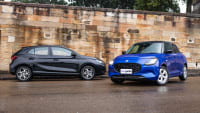


.jpg)




_0.jpg)
.jpg)
.jpg)
.jpg)
.jpg)
.jpg)
.jpg)
.jpg)
.jpg)
.jpg)
.jpg)
.jpg)
.jpg)
.jpg)
.jpg)
.jpg)
.jpg)
.jpg)
.jpg)
.jpg)
.jpg)
.jpg)
.jpg)
.jpg)
.jpg)
.jpg)
.jpg)
.jpg)
_0.jpg)
.jpg)
.jpg)
.jpg)
.jpg)
.jpg)
.jpg)
.jpg)
.jpg)
.jpg)
.jpg)
_0.jpg)
.jpg)
.jpg)
.jpg)
.jpg)

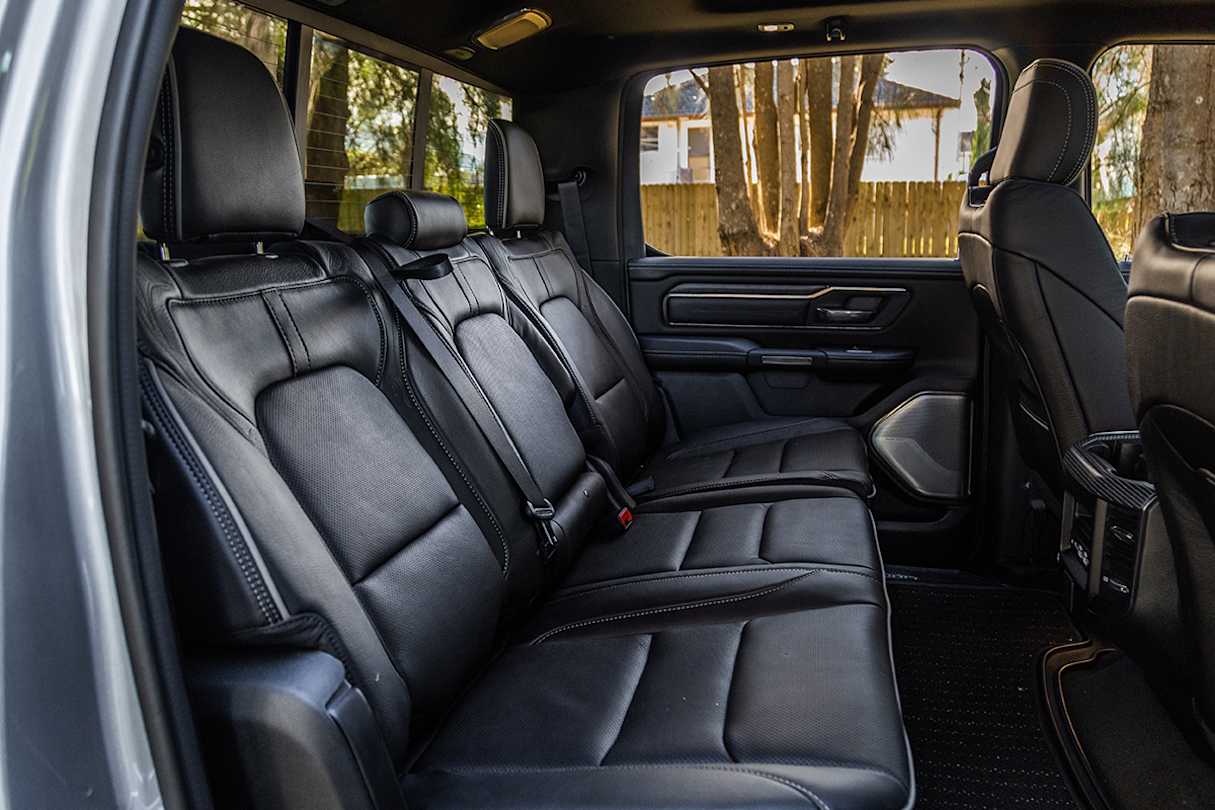
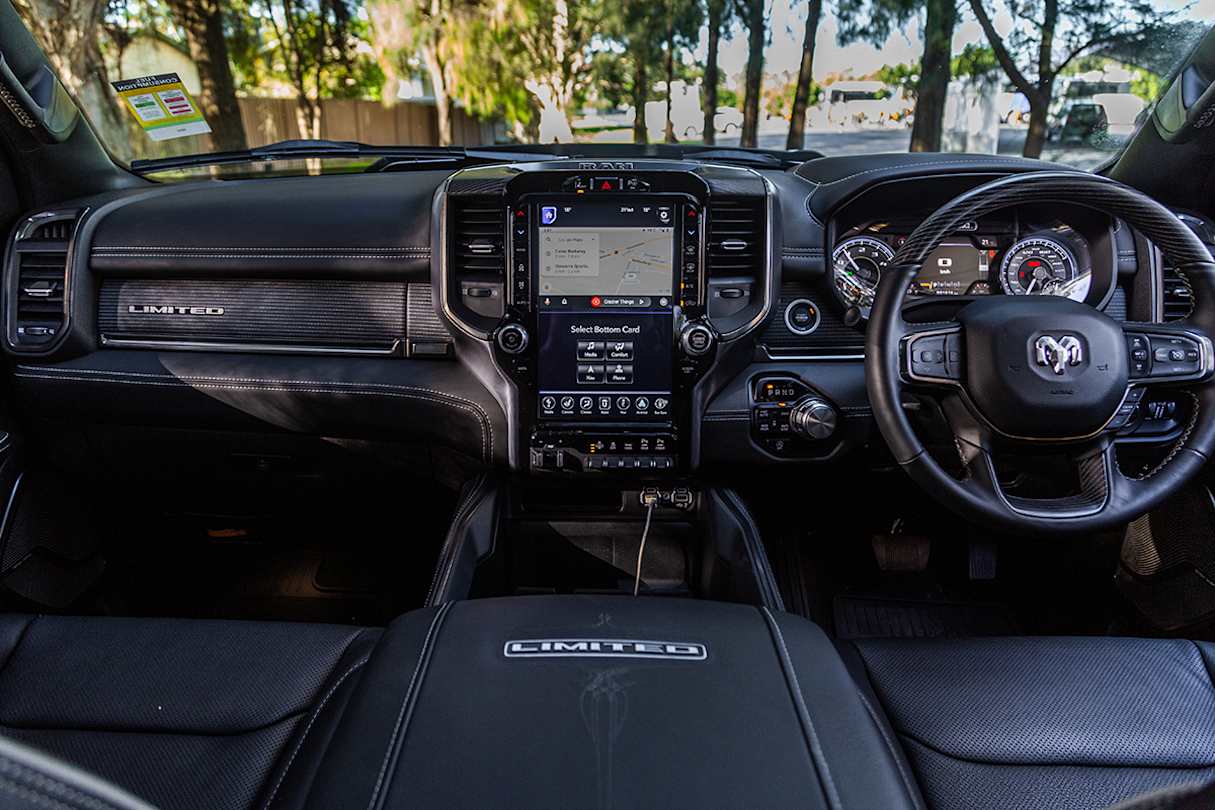


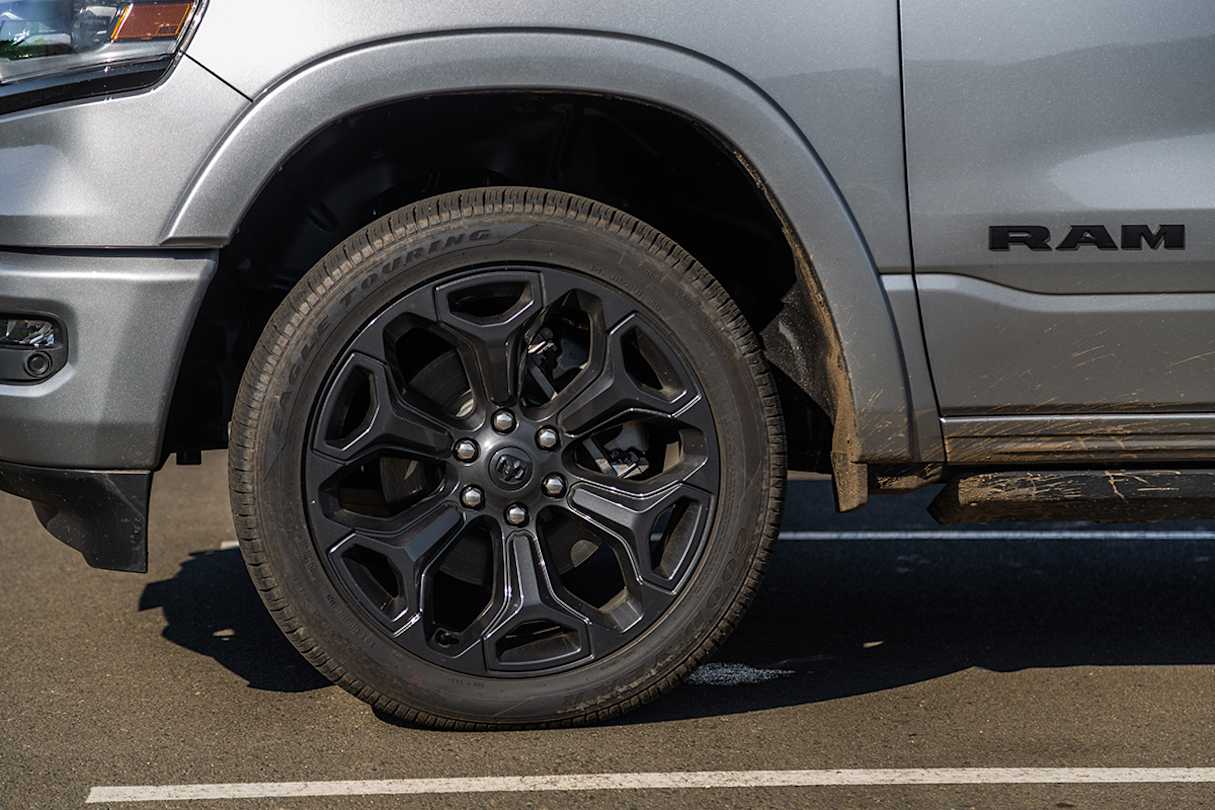
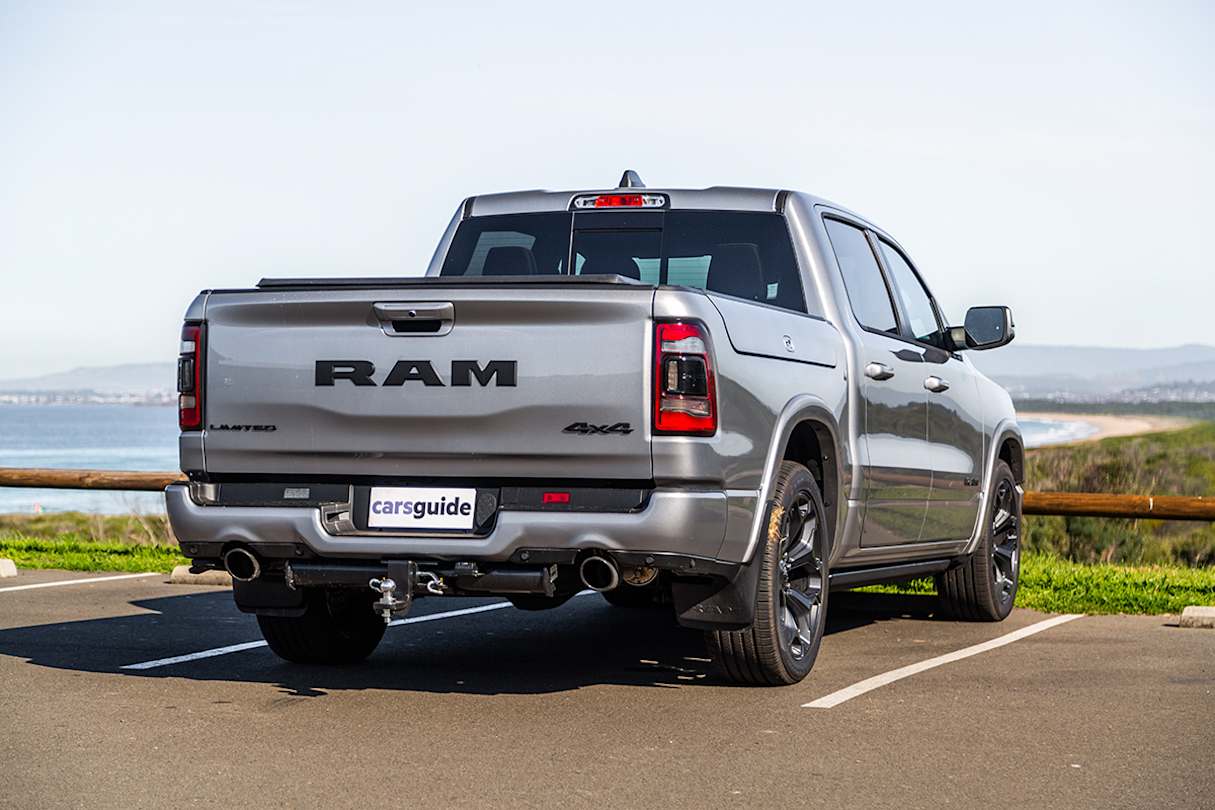
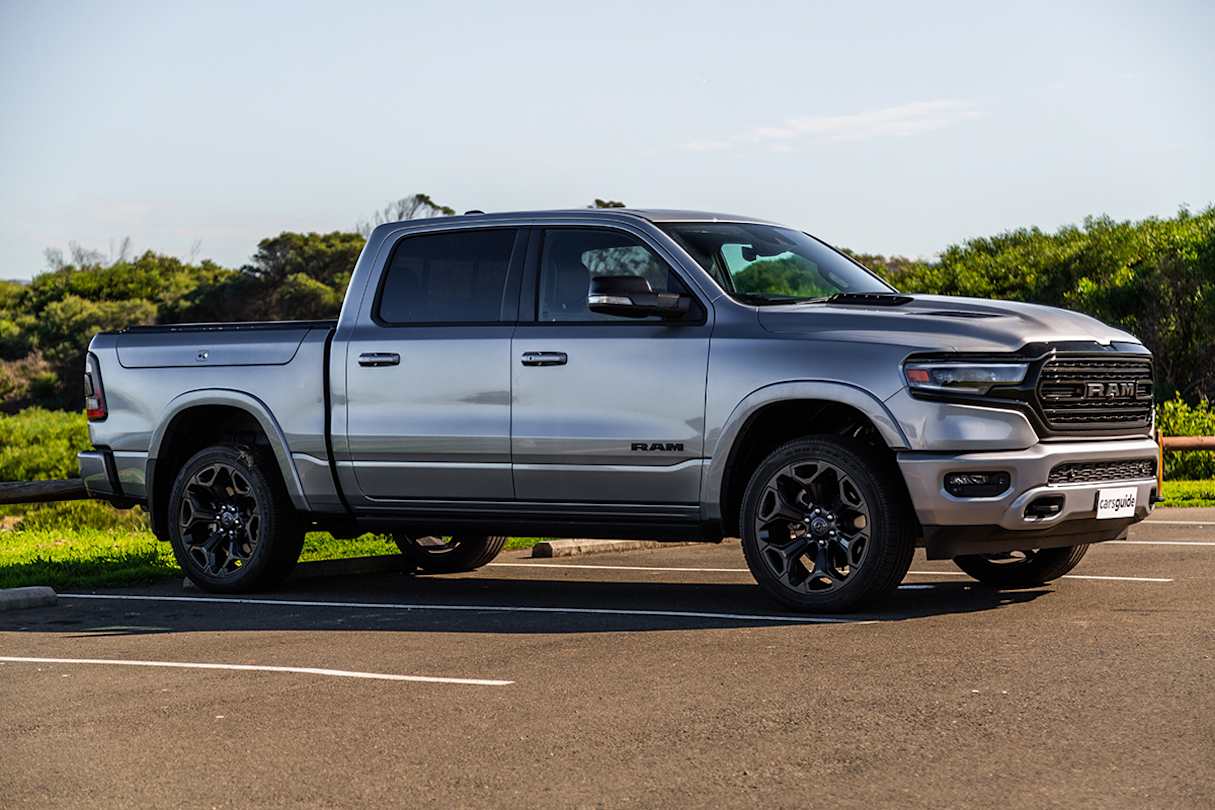

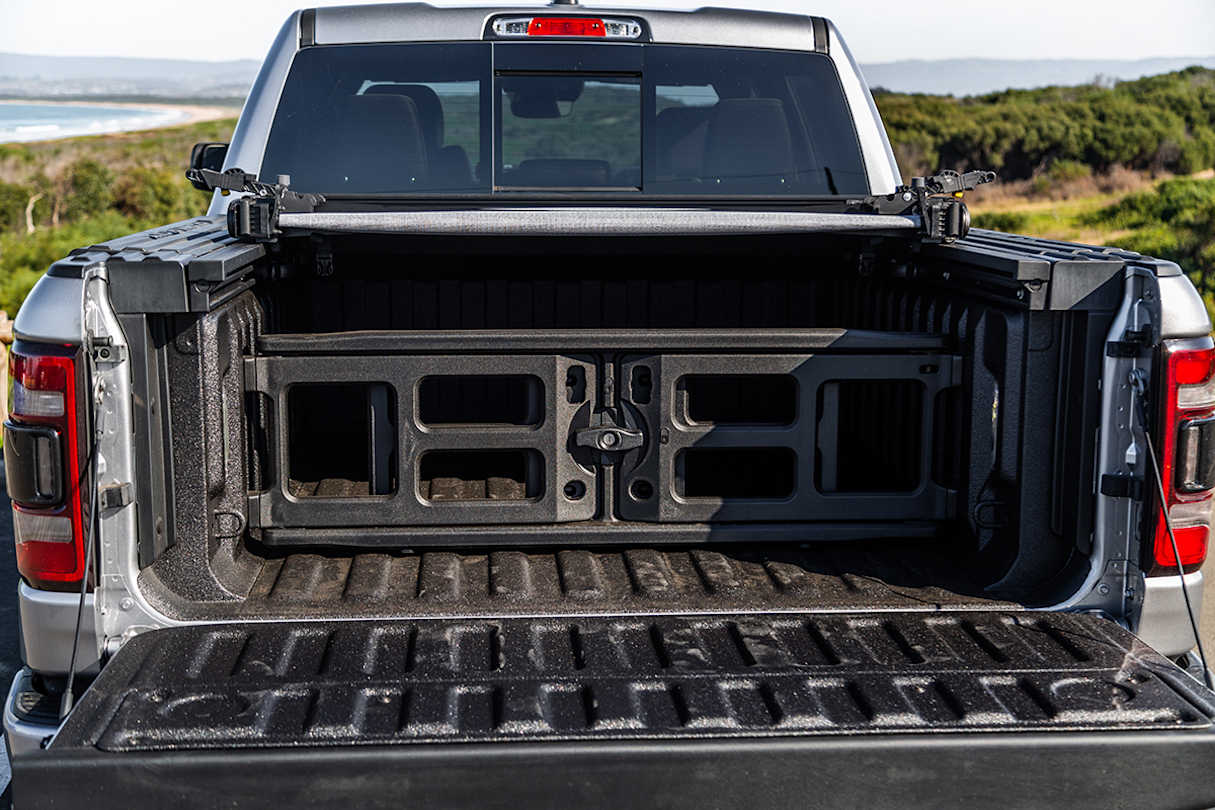












.jpg)
.jpg)
.jpg)
.jpg)
_0.jpg)
.jpg)
.jpg)
.jpg)
.jpg)
.jpg)
.jpg)
.jpg)
.jpg)
.jpg)
.jpg)
.jpg)
.jpg)
.jpg)
.jpg)
.jpg)
_0.jpg)
.jpg)
.jpg)
.jpg)
.jpg)
.jpg)
.jpg)
.jpg)
.jpg)
.jpg)
.jpg)
.jpg)



.jpg)



